In the world of social media, billions of posts and tweets are created daily. If you want users to find yours, your marketing needs to point the way. Hashtags are one of the best ways of doing so.
Introduced originally on Twitter in 2007, hashtags have now migrated to other online platforms, including Instagram, Facebook, Pinterest, and LinkedIn. They’re used to categorize messages by topic or keyword.
Hashtags are an important marketing tool because they offer a signpost that says, “this way to my business!” They can build brand awareness and recognition, and spark tons of user-generated content (UGC) that will, in turn, generate more views, likes, tweets, and shares.
Of course, the above example is a terrible way to create a hashtag:
- it’s too long
- it’s too common
- it has spaces between words
- it contains a punctuation mark
So how do you generate hashtags that can boost your online visibility and generate more sales? Here are five ways to create effective hashtags for your brand’s marketing campaign.
1. Research it first
First, check out your great idea on every social media network. If it’s already in use, find another one. It could be connected with something entirely unrelated to your brand. Or worse, it could be linked to something undesirable, such as a political view entirely opposite your own, a controversial subject, or even a porn site.
For example, if your newspaper is called “Patriot News,” a careless hashtag could easily be confused with the New England football team, or even a political group with the word “patriot” in its name.
2. Keep it simple
As we noted above, the more complex or long the hashtag, the more difficult it will be for followers to remember. A good hashtag will be no longer than three words. It should also be easy to pronounce and spell, and not contain punctuation marks or spaces between words.
You need to decide what you’re creating the hashtag for: raising brand awareness, event promotion, introducing a product, increasing social media traffic? Try to summarize your intent in two or three descriptive words.
3. But not too simple
A generic hashtag, such as #sugarcookies, will get you nowhere. To get the best response, your hashtags should be unique and specific to your brand or campaign, and give your followers an idea of what the conversation topic is about.
If you can play off your brand’s hashtag for a specific campaign, so much the better. For example, Calvin Klein’s #MyCalvins campaign asked users to share pictures of themselves in their Calvin Klein underwear. It not only generated a huge amount of UGC, but also garnered an amazing number of new followers.
4. Make it memorable
Think of Nike’s #JustDoIt, Coca-Cola’s #ShareaCoke, or Purina’s #PetsAtWork. These phrases are inextricably linked to the brand’s name or marketing campaign. They also incorporate each brand’s personalities. And note how the #ShareaCoke hashtag included a call to action, always a good idea.
On the other hand, you don’t want your hashtag to be memorable for the wrong reasons. Have friends double-check the hashtag for hidden meanings, especially if you’re using all lower-case words. Whoever created the hashtag for popular singer Susan Boyle probably wished they’d done so before launching the one promoting her “Susan Album Party” (#susanalbumparty), which unfortunately appeared to invite followers to a “bumparty.”
5. Don’t overdo it
Using too many hashtags can dilute your brand, as well as possibly violating terms of service on some platforms. One survey found that Facebook posts with one or two hashtags received an average of 177 more interactions than those with three to five hashtags. More than 30 hashtags won’t show up in a search, anyway.
For Twitter, Pinterest, and Facebook, for example, you would ideally stick with one or two hashtags. On Instagram, up to 30 per post. On LinkedIn, five.
In addition, you don’t need to use them when you’re having conversations with fans. And never use them when you’re responding to a follower.
Lastly, ALWAYS use #CamelCase for multiple word hashtags. Camel case is an important accessibility requirement. Learn more about this from Alexa Heinrich.
If you’re looking for more great ideas to help boost the marketing power of your hashtags, turn to our social media marketing experts. We can help you make the most of branded hashtags, event hashtags, trending hashtags, and much more!
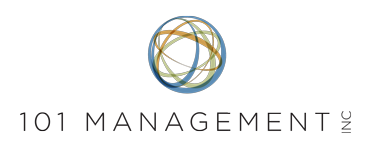
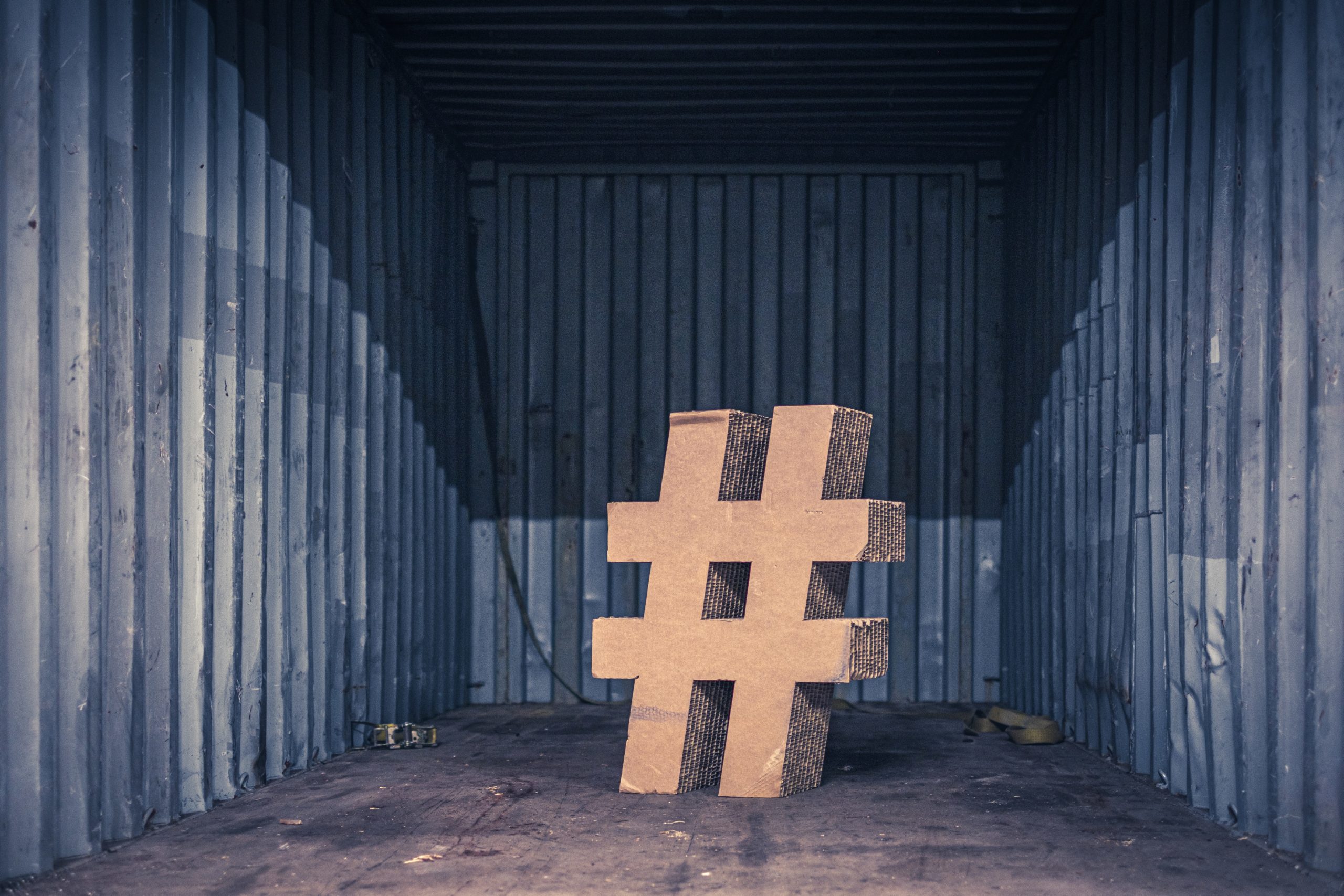
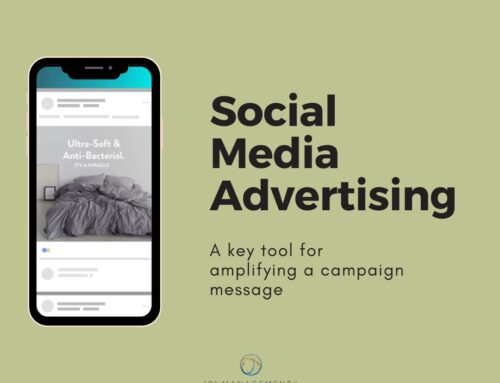



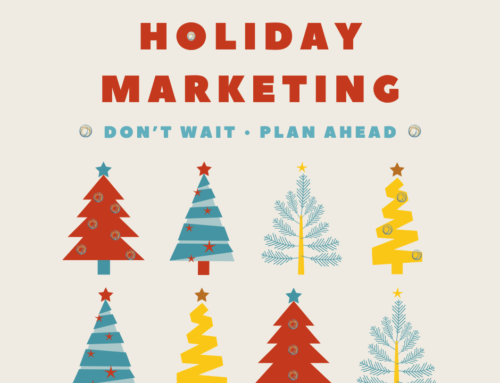

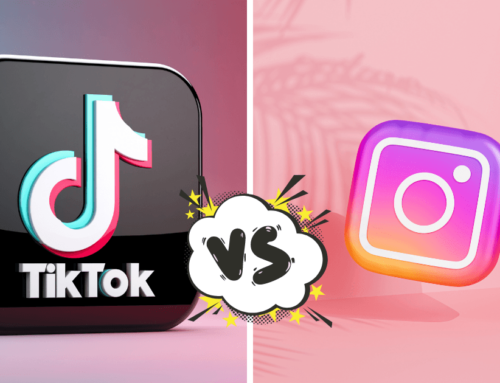
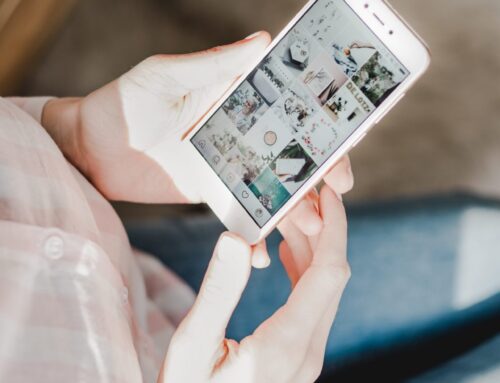
Leave A Comment